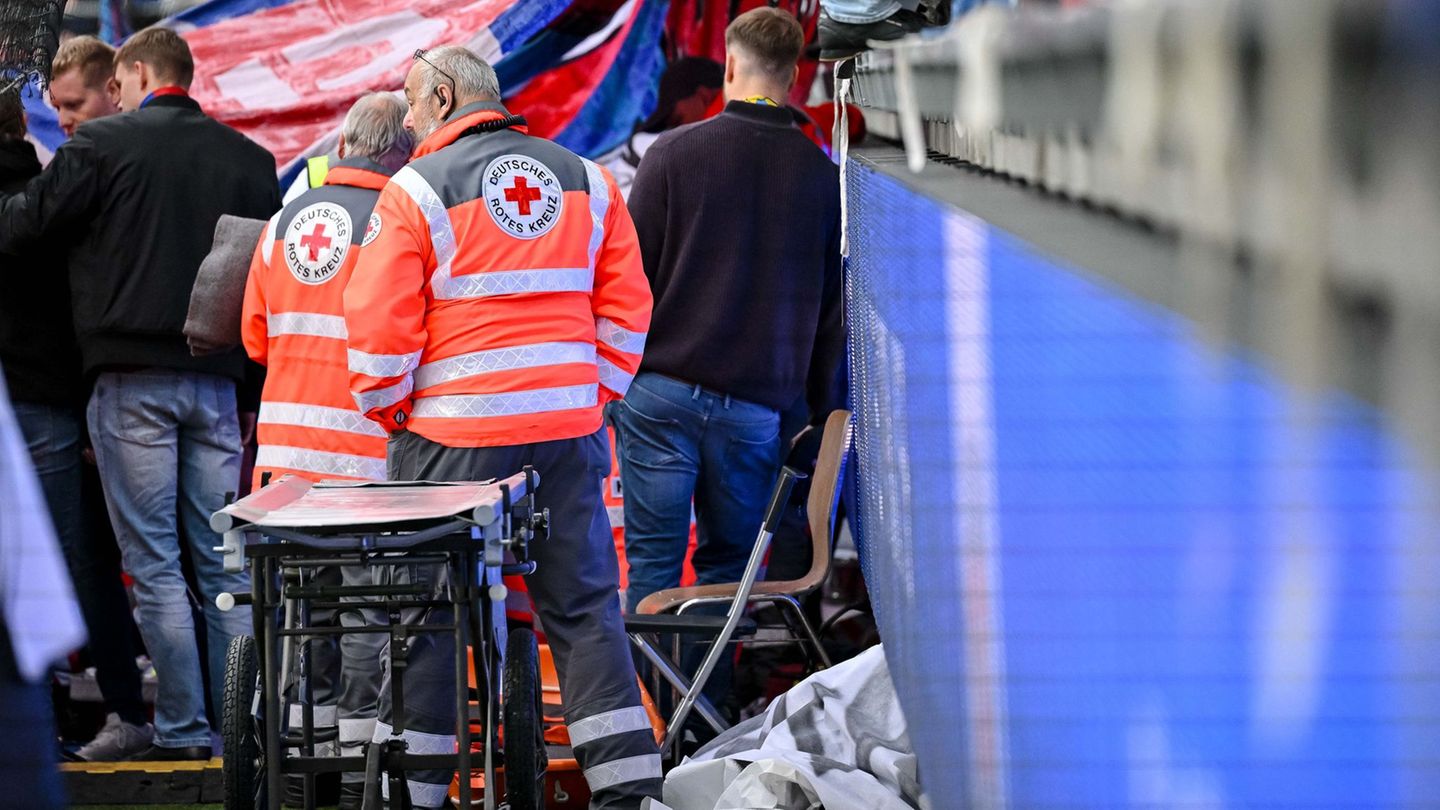According to the figures, vaccination coverage tends to be lower in some communities in the Inn and Mhlviertel, in parts of the Waldviertel and around Liezen, in Oberkrnten, East Tyrol and in some communities in Flachgau and Tennengau. The willingness to vaccinate tends to be higher in Lower Austria, Burgenland and eastern Upper Styria. In Vienna there are strong regional differences with higher vaccination discipline in wealthier city districts and lower vaccination rates in working-class and foreign districts such as Favoriten, Simmering and Rudolfsheim-Fnfhaus.
At the federal state level, Burgenland is clearly ahead in terms of vaccination coverage. More than six out of ten residents are vaccinated at least once (63.1 percent), half of the population is fully immunized. This advantage is also clearly visible in the municipality data: of the ten municipalities with the highest vaccination coverage, nine are in Burgenland. At the very top is Gromrbisch with almost 76 percent, ahead of Kleinmrbisch with 75 percent (both Gssing district). Tadten (Neusiedl district) also has 75 percent vaccinated (all data as of July 11th). Laab im Walde (Mdling district) is currently the only municipality in Lower Austria to make it into the top 10. Here, 73 percent of the population are vaccinated. Lower Austria is also doing well in other respects: six out of ten residents in half of the municipalities are vaccinated.
Little willingness to vaccinate in Innviertel communities
At the other end of the scale, there are five communities with less than a third vaccination coverage. These include the small community of Spiss in the Tyrolean district of Landeck (28.3 percent), Stall and Mrtschach in the Krntner Mlltal (29.3 and 32.8 percent) and Auerbach and Hhnhart in the Upper Austrian Innviertel (29.5 and 32.6 percent respectively) ).
There are also major differences in Vienna: While six out of ten residents are vaccinated in comparatively affluent districts within the Grtel and in Hietzing and Whring, this is the case in Favoriten (45 percent) and in Brigittenau, Simmering and Rudolfsheim-Fnfhaus (47 Percent) and in Meidling (49 percent) less than half.
The Ministry of Health does not have a comprehensive explanation for the strong regional differences. A spokesman pointed out that vaccination is the responsibility of the countries. It is pointed out, however, that there were local clusters in some smaller communities that may have raised awareness about vaccination. In Spitz an der Donau (73 percent vaccination coverage), for example, there was scientific support, which may have increased attention.
I am Pierce Boyd, a driven and ambitious professional working in the news industry. I have been writing for 24 Hours Worlds for over five years, specializing in sports section coverage. During my tenure at the publication, I have built an impressive portfolio of articles that has earned me a reputation as an experienced journalist and content creator.




